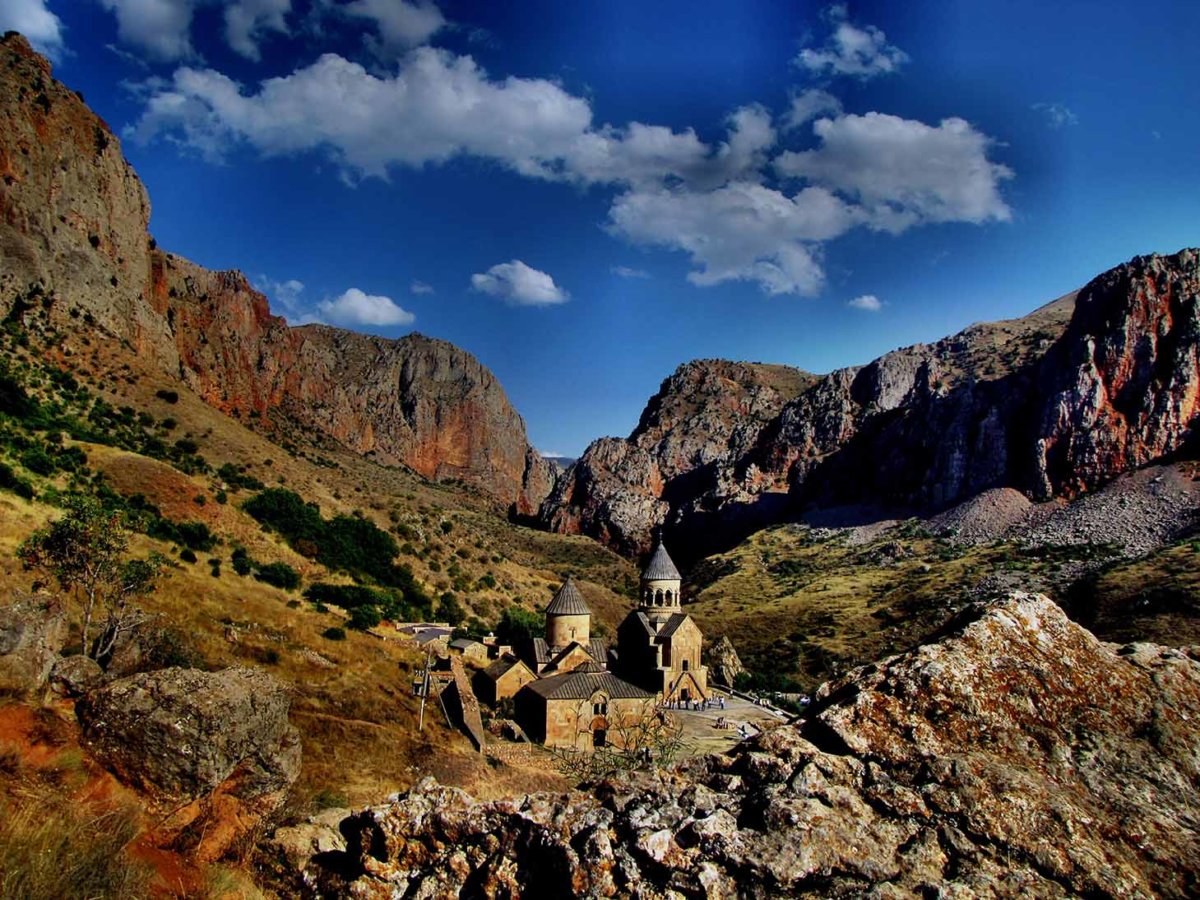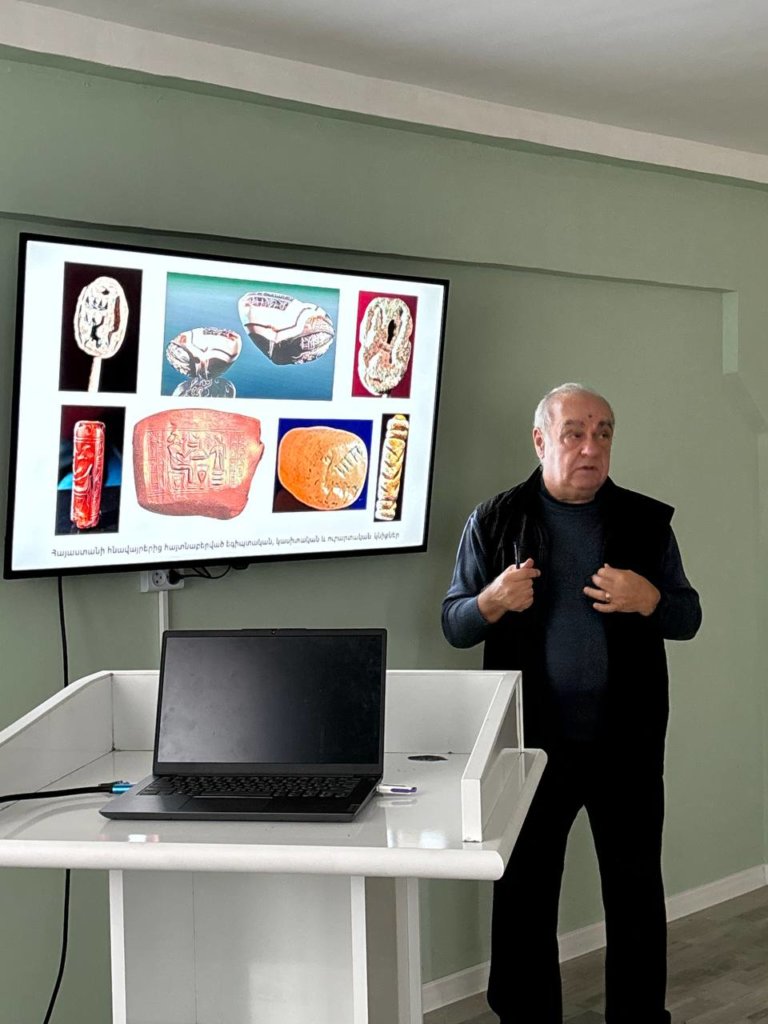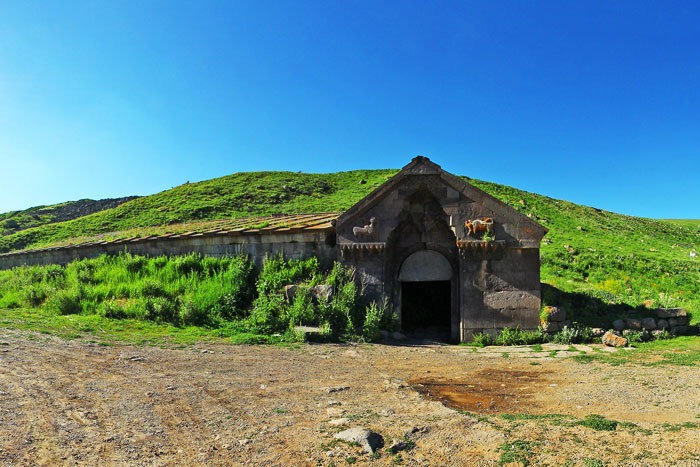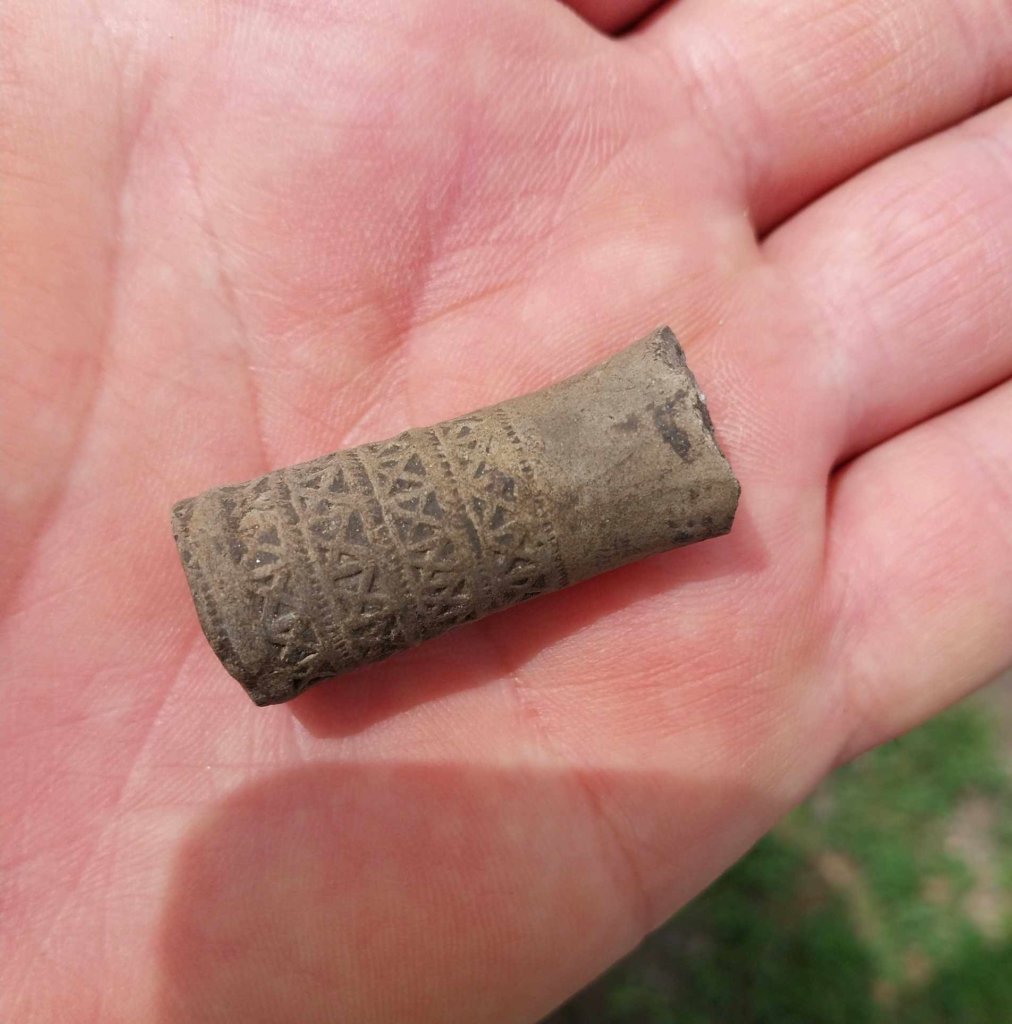Famous medieval monastic complex Noravanq is located in Historical Armenia’s Syuniq region’s Vayoc dzor province (now Vayoc dzor region). In the history of Armenia the political role of this province reached its pinnacle especially in 13-14th centuries. In Syuniq during the reign of Orbelyans architecture, art and science flourished. Famous medieval centers were formed, which are significant not only for that historical period but for the whole history of Armenia. Especially new churches, monasteries were founded in Noravanq, among which the most significant one is Noravanq.
It is suggested that Noravanq was constructed on the place of what used to be a medieval convent. When in 1211 Armenian-Georgian united army liberated Vayoc dzor, Vayoc dzor province and Noravanq were given to the authority of Orbelyans. The year of Noravanq’s foundation is 1221.
After finishing the construction of Areni’s Holy Astavatsatsin, by the commission of Orbelyans, Momik started reconstructing the western courtyard of Noravanq’s main church, where the great sculptures of the author are placed. In our days as well, the sculpture of Father Lord with his magnificent beard, large, oval eyes, wavy hear, right hand raised for blessing, and the left keeping the head of the earthling on the lintel enjoys great fame. Some specialists believe that is the scene of Adam’s creation. The iconography of Father Lord is also incredible and it highlights the inimitable talent of the sculptor. Putting all his talent and experience Momik built a new courtyard, ornamenting it with valuable sculptures.
Italian architecture, art historiographer Adriano Alpago Novello, paid special attention to the front ornamental pattern of Noravanq’s main entrances, considering it exceptional part which is typical to the architectural school of Noravanq.
Novello believed that Noravanq is like a separated building which is situated on the southern slopes of isolated canyon that has not lost its magnificence and grandeur. It’s very common in Armenian architecture, the construction of human being is united with nature making “natural” architecture more complete and perfect.
Momik died and was buried in Noravanq. There is a khachqar on the grave of the talented master erected by his pupils.







